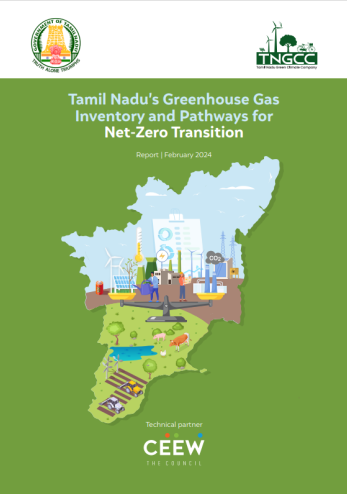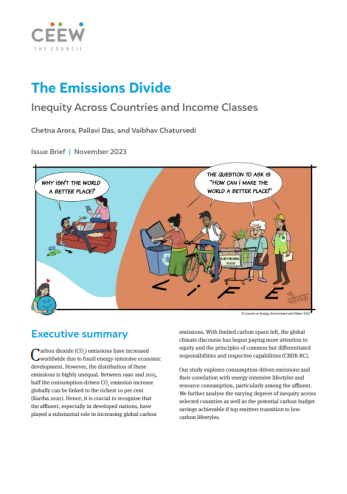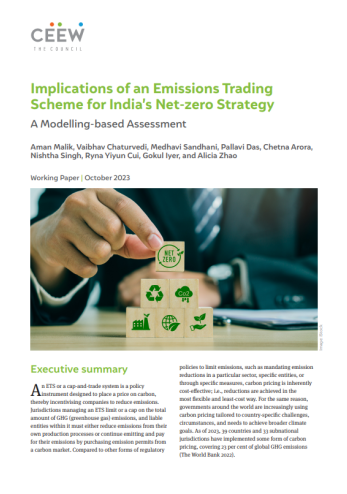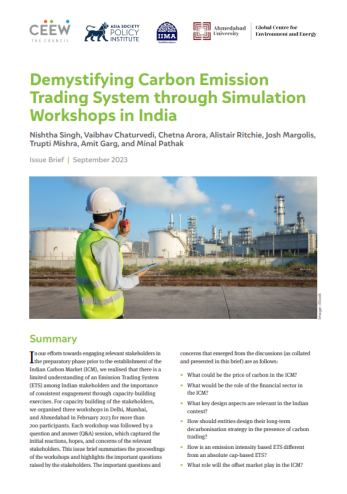Issue Brief
Cooling India with Less Warming
Examining Patents for Alternatives to Hydrofluorocarbons
Vaibhav Chaturvedi, Bhaskar Deol, Steve Seidel, Anjali Jaiswal, Ankita Sah, Mohit Sharma, Nehmat Kaur, Stephen O. Andersen
October 2016 | Low-carbon Economy, Sustainable Cooling
Suggested citation: Chaturvedi, Vaibhav, Bhaskar Deol, Steve Seidel, Anjali Jaiswal, Ankita Sah, Mohit Sharma, Nehmat Kaur, and Stephen O. Andersen. 2016. Cooling India with Less Warming: Examining Patents for Alternatives to Hydrofluorocarbons. New Delhi: Council on Energy, Environment and Water Natural Resources Defence Council (NRDC), Center for Climate Energy Solutions (C2ES), and Institute for Governance & Sustainable Development.
Overview
This issue brief, in collaboration with the National Resources Defense Council (NRDC), the Center for Climate Energy Solutions (CSES), and the Institute for Governance & Sustainable Development (IGSD) examines the experience of developing countries in dealing with patents during transitions under the Montreal Protocol. It highlights the key issues faced by the Indian industry, policy makers and civil society experts in the impending transition.
Further, the issue brief provided an overview of the opportunities and challenges for Indian chemical manufacturers, also for Indian end-user companies for Hydrofluorocarbon (HFC). A small number of manufacturers in India have begun experimenting with the alternatives to HFC but solutions are not yet available commercially and are also costly.
Key highlights
- Patents have historically not proven to be an obstacle to the expanded production of chemicals in developing countries.
- Under the Montreal Protocol’s grace period (where developed countries transition first and developing countries transition later) patents often expire. The previously patented technology is widely available globally at the time when developing countries begin their transition.
- Indian refrigerant manufacturing and end-use sector companies can address the patent issue by establishing joint marketing ventures, acquiring licenses for domestic production, and entering into mergers and acquisitions.
- Application patents are increasingly became becoming a cause of concern for Indian equipment manufacturers, and it is important to have clarity on the issue for Indian Industry.
- The Montreal Protocol’s Multilateral Fund (MLF), to some extent, has compensated for the cost of licenses and access to patented technologies.
- Evaluation is required to assess if a licensing arrangement supported by the MLF can be used as a way to address the application patent barrier.
- Indian companies need to start investing in R&D (irrespective of the government support) for fostering innovation in order to get ahead in the long run.
- The Indian government could support the establishment of a global alliance for a common R&D pool for the creation of climate-friendly technologies and solutions, along with supporting innovations.
- Leading innovators and patent holders are foreign companies, none of the emerging alternative chemicals are being developed by an Indian company.
- The automobile air-conditioning sector in India already utilises HFC-134a, as do some other sectors like domestic refrigeration and chillers.
India’s long-term HFC emissions are expected to account for 5.4 per cent of the entire economy’s total global warming impact in 2050, and a large part of this would result from HFC use in room and vehicle air conditioning.







